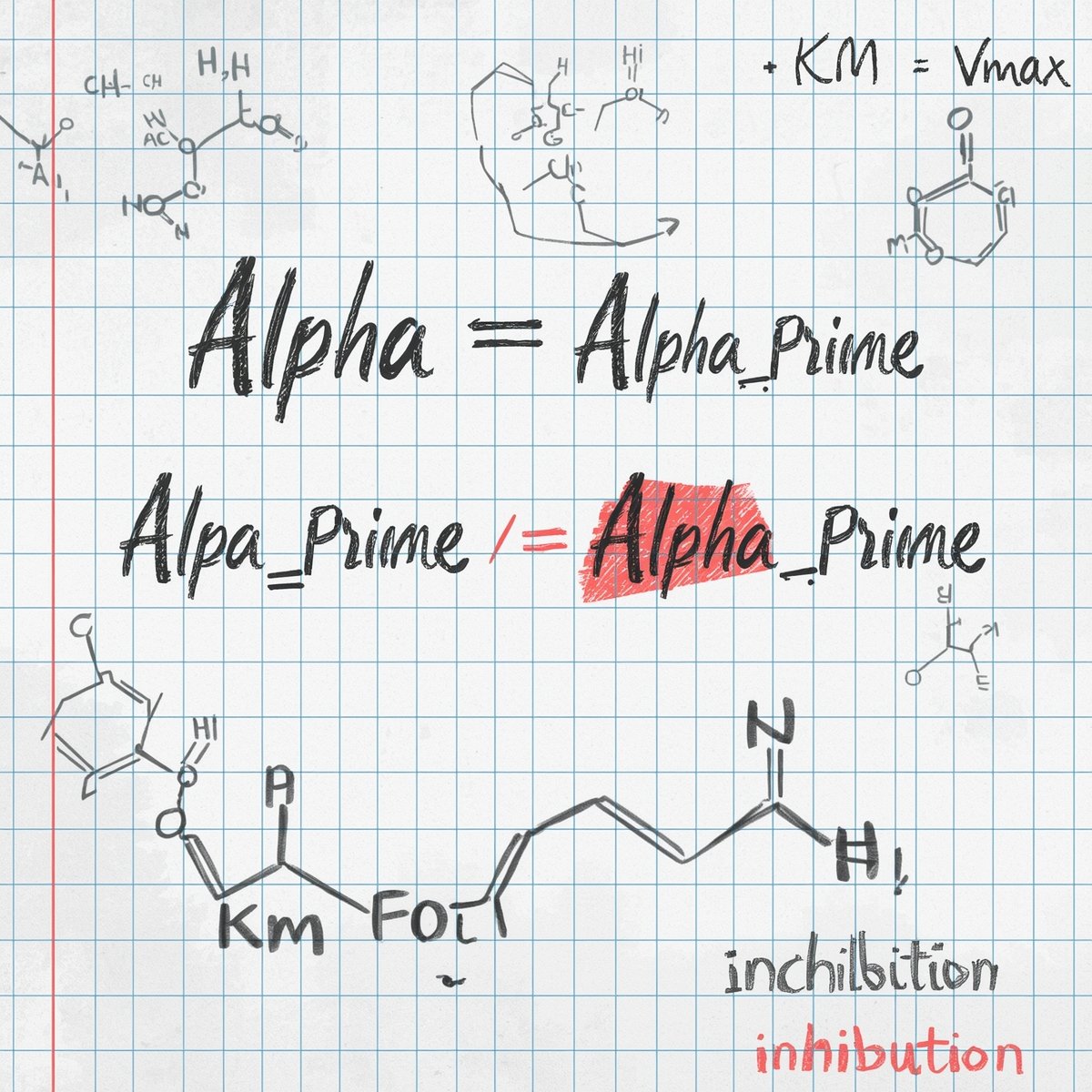What Is Absolute Uncertainty?
When you take a measurement—like the length of a table or the mass of an object—there’s always a little bit of doubt. That doubt is called uncertainty.
Absolute uncertainty is the margin of error around a measurement.
It tells you how much your measurement might be off from the true value.
Example:
If you measure a rod and find it’s 20.0 ± 0.1 cm, the ±0.1 cm is the absolute uncertainty.
The Formula for Absolute Uncertainty
The general formula is simple:Absolute Uncertainty=Half the Range of ValuesAbsolute Uncertainty=Half the Range of Values
If you take multiple readings:Absolute Uncertainty=Highest Value – Lowest Value2Absolute Uncertainty=2Highest Value – Lowest Value
Or if you’re working from an instrument’s precision:Absolute Uncertainty=Smallest Division on the InstrumentAbsolute Uncertainty=Smallest Division on the Instrument
Step-by-Step: How to Calculate Absolute Uncertainty
Step 1: Take Multiple Measurements
Repeat your measurement at least 3 times for accuracy.
Example: 5.2 cm, 5.4 cm, 5.3 cm.
Step 2: Find the Range
Highest value – lowest value = 5.4 – 5.2 = 0.2 cm.
Step 3: Divide by 2
0.2 ÷ 2 = 0.1 cm (absolute uncertainty).
Step 4: Report the Final Result
Mean value = (5.2 + 5.4 + 5.3) ÷ 3 = 5.3 cm.
Final answer:
5.3 ± 0.1 cm
Absolute vs Relative Uncertainty (Quick Comparison)
| Type of Uncertainty | Definition | Formula | Example |
|---|---|---|---|
| Absolute Uncertainty | The margin of error in the same unit as the measurement. | ±Δx | 10.0 ± 0.2 cm |
| Relative Uncertainty | The ratio of absolute uncertainty to the measured value. | Δx / x | 0.2 / 10.0 = 0.02 (2%) |
Why Absolute Uncertainty Matters
- Helps compare the reliability of measurements.
- Essential for physics, chemistry, and engineering lab reports.
- Required in IB, A-level, and university science assessments.
Tips to Reduce Absolute Uncertainty
Use precise instruments (digital over analog).
Repeat measurements and average them.
Avoid parallax errors (read scales at eye level).
Record environmental conditions that may affect readings.
Common Mistakes to Avoid
Forgetting to include uncertainty units.
Rounding too early in your calculations.
Mixing up absolute and percentage uncertainty.
FAQs About Absolute Uncertainty
Q: Can absolute uncertainty be zero?
No, every measurement has some degree of uncertainty—even with perfect instruments.
Q: How do I calculate uncertainty when adding or subtracting values?
Add the absolute uncertainties:ΔC=ΔA+ΔBΔC=ΔA+ΔB
Q: What if I multiply or divide values?
Add the percentage uncertainties, not the absolute ones.
Final Thoughts
Learning how to calculate absolute uncertainty is more than just a physics skill—it’s a way to build scientific credibility. Whether you’re writing a lab report, doing field research, or analyzing data, understanding uncertainty helps you present results confidently and accurately.

